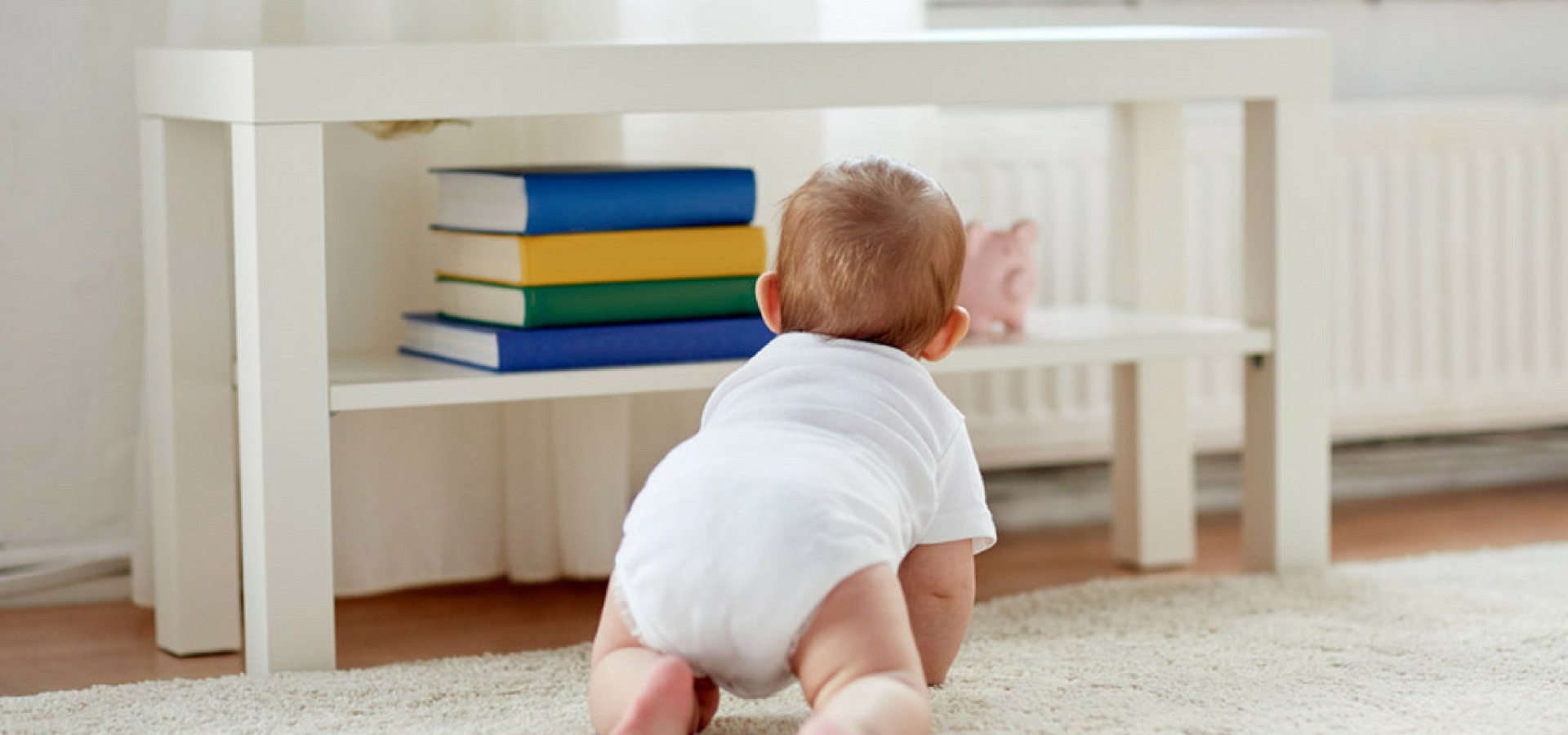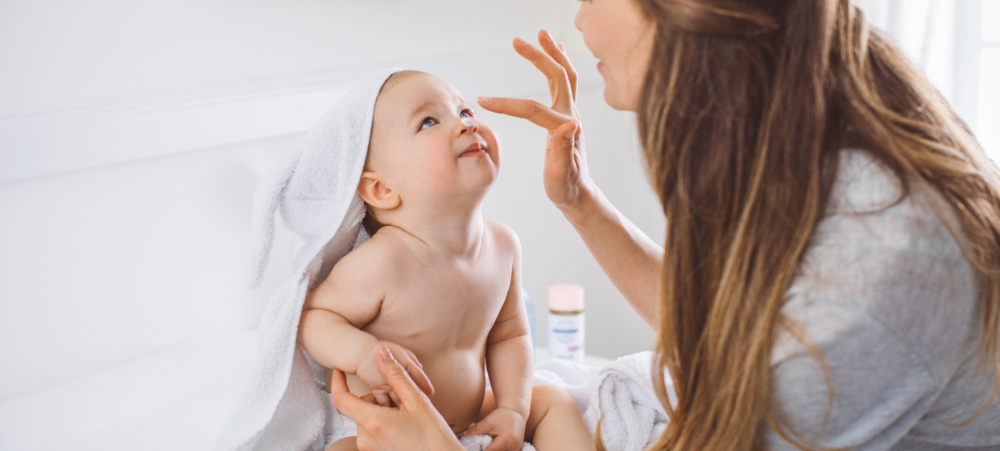The first year of life is a time when babies strengthen their muscles and bones. They learn how to use their bodies to move around and to manipulate their environment. If babies are constantly held and carried during the first year, they will lose valuable opportunities to gain fine-tune skills. Parents and caregivers should facilitate movement and growth by giving babies safe environments to play in and allow their little ones to explore these areas on their own. Lesego Mashishi-Matlala, Huggies® expert in occupational therapy sheds some light on assistive devices for baby’s motor development.
Each stage of motor development offers a new dimension of exploration and propels baby to the next stage of motor development. The natural progression of gross motor developmental phase is neck control, rolling, sitting, standing with support, standing without support and from 12 to 18 months, walking independently.
What can parents do to facilitate this development? It is important to ensure that your little ones’ environment offers stimulation of all senses and encourages exploration. You may ask, is it then a bad thing to introduce toy mobility aids or assistive devices such as a supported baby chair to help baby achieve their developmental phase of walking? The answer would be, that it is important to strike a balance and to introduce these devices at the correct time.
It is important for parents to allow babies to naturally lead their way through their motor developmental phases. In so doing, you are allowing brain development, language development, and baby’s spatial awareness to develop naturally. This helps baby to learn how to interact with their environment to get their desired outcome through movement.
A lot of brain development and information processing occurs between the development phase of sitting and walking. This is when baby starts to learn to crawl and pull themselves up into a standing position. During this transition, there are more benefits in allowing baby to master their movements on their own rather than introducing assistive devices or toys.
First, you need to allow baby to develop adequate upper body control, and to achieve some controlled body movements. Do not deprive your baby of opportunities for self-initiated or self-produced mobility. Assistive devices such as sitting aids and walkers should be introduced once baby has shown the initiative and attempted to get into the desired motor position. This ensures that the baby has processed information and is working out bilateral symmetry, crossing of the midline and is mastering controlled purposeful movements, which will ultimately be followed by the alternating coordinated movements that are needed for walking and running.
What is imperative during this stage is to ensure babies level of comfort. A comfortable baby is a moving baby. By giving your little ones, the support and confidence needed to develop and explore the world around them you are allowing their movement to naturally progress and develop.
We understand that there are many aspects that encompass a Mother, Father or Child and strive toward providing resources and services that accommodates this.
Our content is aimed to inform and educate families on issues starting from pregnancy through to the challenges of the teen-age years.
- Tiny Toons Looniversity Returns: Meet the Voice Behind Plucky and Hamton! - December 12, 2025
- From Pain to Possibility: Panado®’s New Marketing Campaign, Highlights The Joy Of Pain Relief - December 10, 2025
- Feeding Unicorns by Jeni-Anne Campbell: A bold new book for business leaders who care - December 9, 2025





